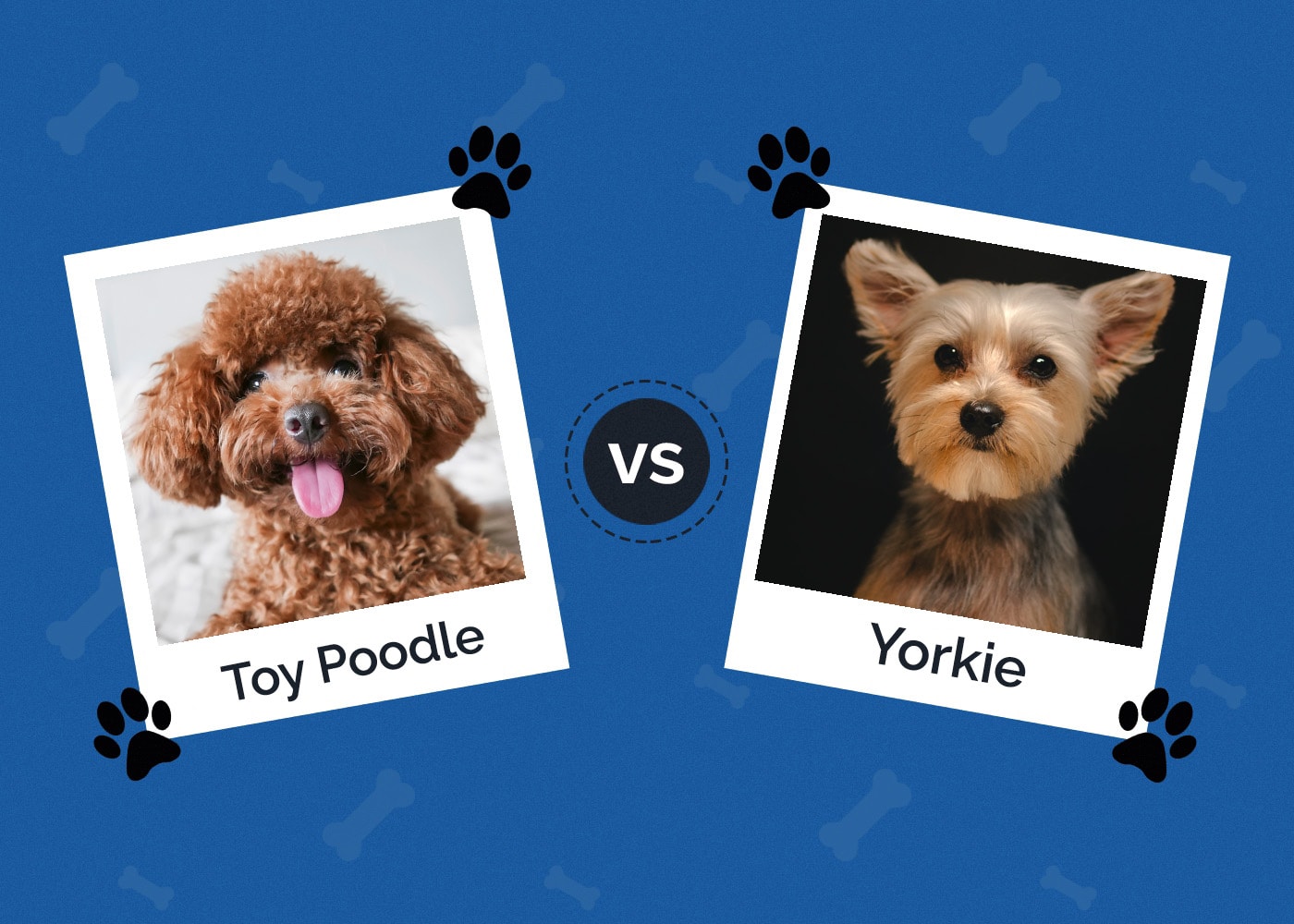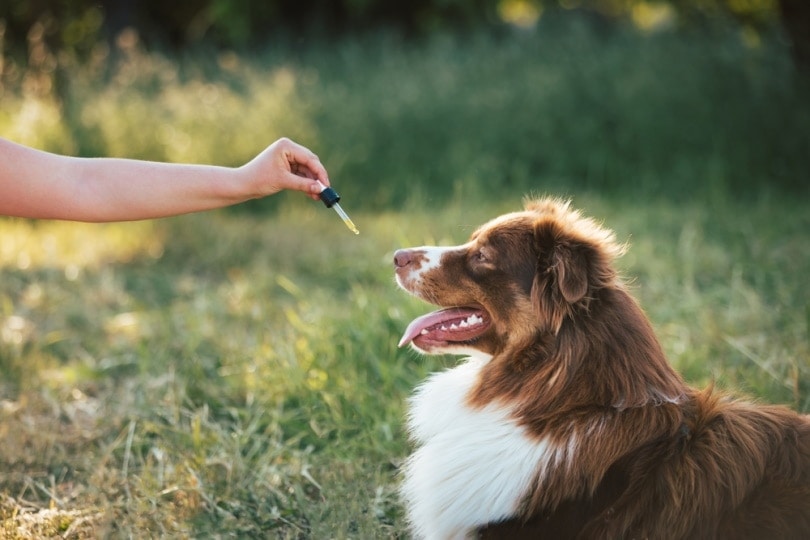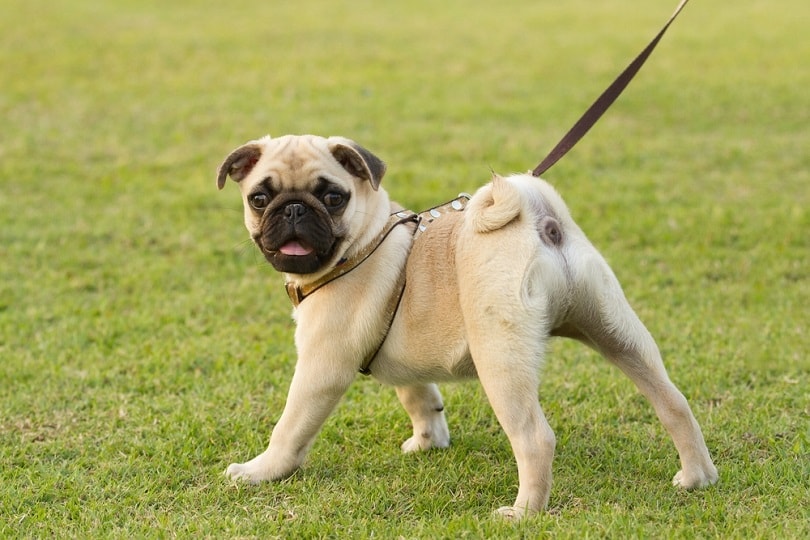10 Signs of Separation Anxiety in Dogs: Vet-Reviewed Facts and FAQ

Updated on
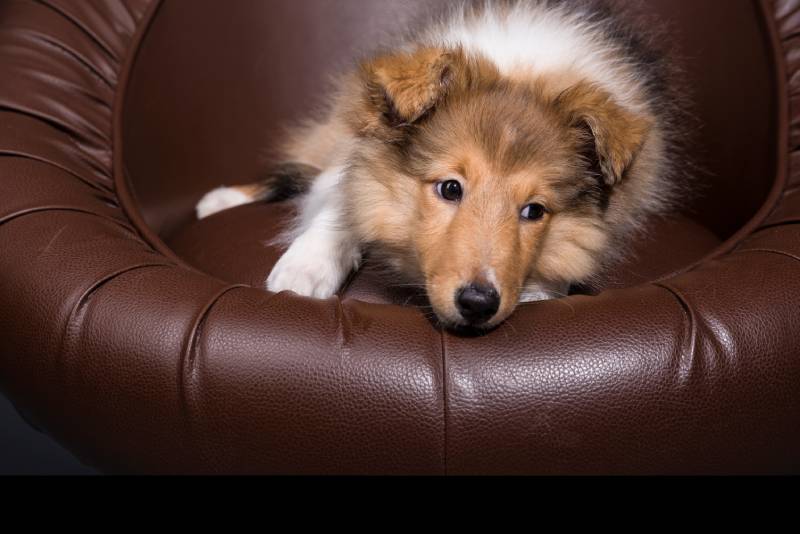
Separation anxiety is a common issue that affects many dogs, causing them to feel stressed and anxious when their owner is away. This can lead to a variety of unwanted behaviors that not only disrupt the household but also indicate that your dog is struggling emotionally. Recognizing these behaviors is the first step in helping your canine companion cope with separation anxiety. In this article, we’ll discuss X signs of separation anxiety in dogs, explore potential causes, and offer solutions to help alleviate their distress.
The 10 Signs of Separation Anxiety
1. Excessive Barking or Howling
Excessive barking or howling can be attributed to loneliness, boredom, or fear. When your dog is left alone, they might feel isolated and unsure of when you’ll return, leading them to express their emotions vocally.
To alleviate your dog’s excessive barking or howling, providing interactive toys and mental stimulation can help keep them occupied while you’re away. Puzzle toys, treat-dispensing toys, or even leaving the radio or TV on for background noise can help reduce their feelings of loneliness. Additionally, consider hiring a dog walker or enrolling your dog in a doggie daycare to provide social interaction and physical activity during your absence.
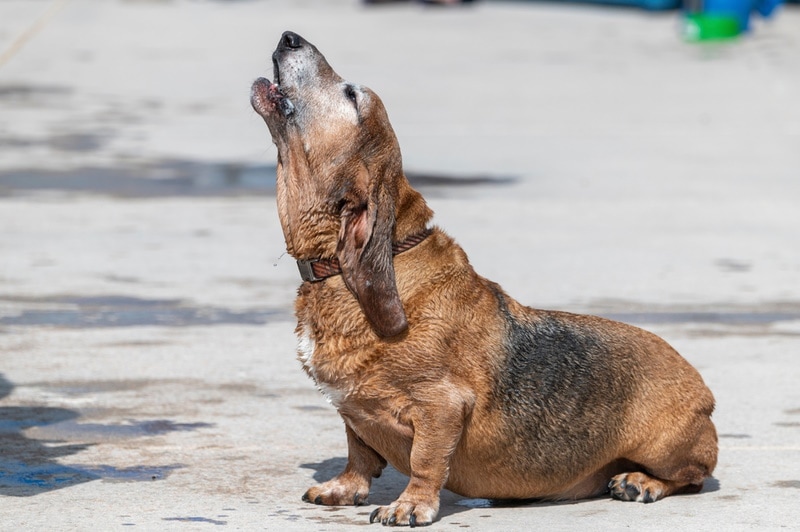
2. Destructive Behavior
Destructive behavior often stems from frustration, stress, or pent-up energy. When dogs are unable to release their energy or cope with stress, they may resort to chewing, digging, or destroying household items.
Increasing your dog’s physical exercise through daily walks, runs, or playtime can help reduce destructive behavior by expending their excess energy. Providing chew toys or durable toys designed for heavy chewers can give your dog an appropriate outlet for their chewing needs. Crate training your dog can also help to prevent destructive behavior by creating a safe, secure space for them while you’re away.
3. Urinating and Defecating Indoors
Inappropriate elimination indoors can be caused by anxiety, loss of control, or underlying medical issues. Dogs experiencing separation anxiety may lose control of their bladder or bowels due to stress or fear. Maintaining a consistent schedule for feeding, walks, and bathroom breaks can help your dog feel more secure and reduce the likelihood of accidents indoors. Use positive reinforcement for potty training, such as praising and rewarding your dog when they eliminate outside. If the problem persists or you suspect a medical issue, consult your veterinarian to rule out any underlying health concerns.
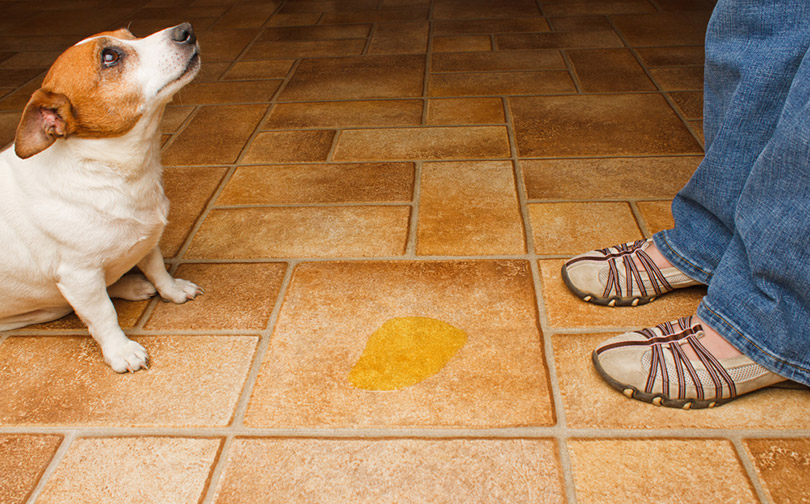
4. Pacing and Restlessness
Pacing and restlessness in dogs can be caused by anxiety, stress, or boredom. When dogs are left alone, they may feel uncertain or uneasy, leading to restless behavior. Providing regular exercise and mental stimulation can help reduce pacing and restlessness in your dog. Engaging in daily walks, playtime, and offering puzzle toys can keep your dog mentally and physically active. Creating a safe space for your dog to relax, such as a designated bed or crate, can also help them feel more secure when you’re away.
5. Escape Attempts
Escape attempts can be driven by fear, panic, or the desire to find their owner. Dogs experiencing separation anxiety may try to escape confinement areas or even the house itself to reunite with their owner.
Ensure your home is secure by checking fences, doors, and windows to prevent escape attempts. This is another instance where crate training your dog can be beneficial. Work on building your dog’s confidence with gradual departures by starting with short absences and gradually increasing the duration over time, using positive reinforcement to reward calm behavior.
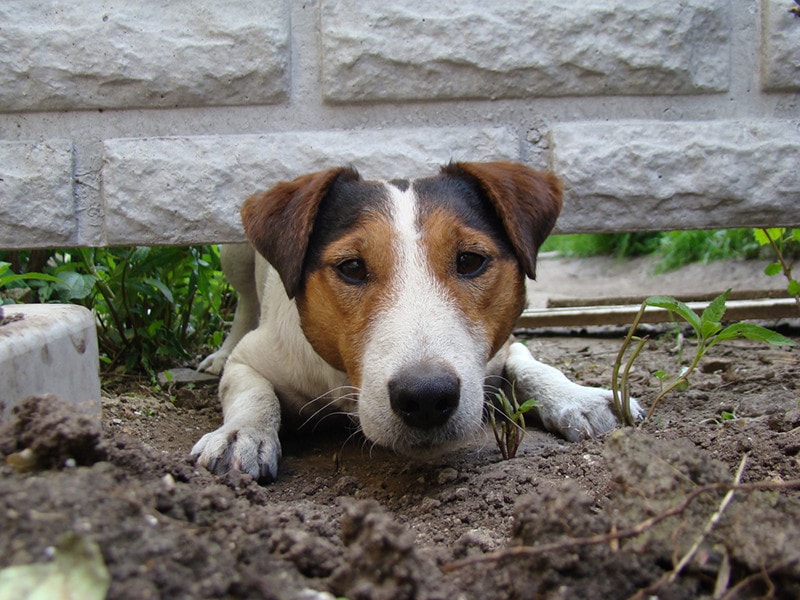
6. Excessive Drooling
Excessive drooling can be a result of anxiety, stress, or underlying medical issues. Dogs may drool excessively when they feel anxious or stressed, signaling their discomfort.
Try to create a calming environment for your dog and consider giving pheromone diffusers a try. If excessive drooling continues, you should consult your veterinarian for further evaluation and a treatment plan.
7. Panting and Trembling
These physical signs may indicate your dog is feeling overwhelmed or fearful. Identify and remove potential stressors from your dog’s environment, such as loud noises or unfamiliar objects. If panting and trembling persist or you suspect an underlying medical issue, consult your veterinarian for an evaluation and appropriate treatment options.
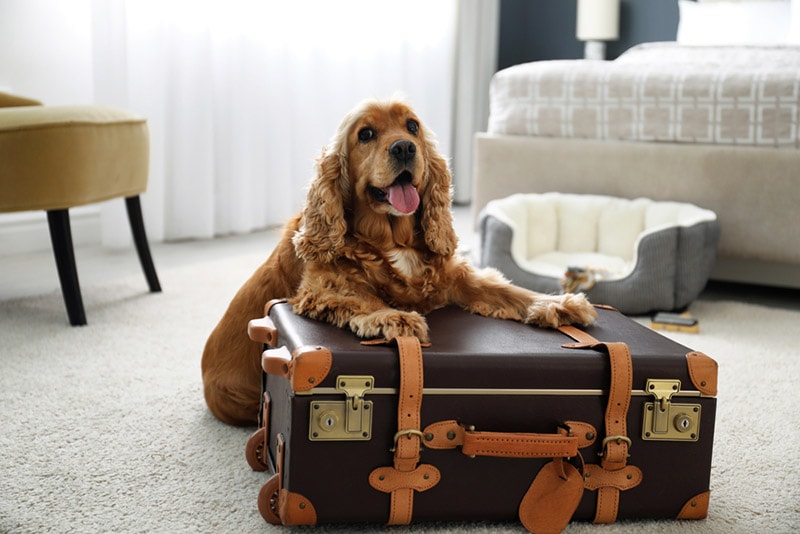
8. Loss of Appetite
Dogs experiencing separation anxiety may refuse to eat when their owner is away, signaling their emotional distress. Offering high-value treats or mixing in wet food with their regular kibble can help entice your dog to eat. Maintaining a consistent feeding schedule can provide a sense of routine and security for your dog. If appetite loss continues or you suspect a medical issue, consult your veterinarian.
9. Over-attachment to the Owner
Over-attachment to an owner can result from a lack of socialization, fear, or anxiety. Dogs who are overly attached may become clingy and follow their owner everywhere, struggling to cope when separated. Encourage independence in your dog by gradually increasing the time they spend alone in a safe, comfortable space. Providing structured alone time, such as designated playtime or quiet time in a crate, can help your dog learn to cope without constant companionship. Expose your dog to new experiences, people, and other animals to improve their social skills and confidence.

10. Repetitive Behaviors
Repetitive behaviors, such as excessive licking or spinning, can be a result of anxiety, stress, or compulsive disorders. Dogs may engage in these behaviors as a way to self-soothe or cope with their emotions.
Aberrant behaviors are difficult to deal with, but you can try redirecting your dog’s behavior with easy commands and toys to refocus their attention more proactively. Providing mental stimulation through puzzle toys, training exercises, or interactive play can help reduce the occurrence of repetitive behaviors. If these behaviors persist or worsen, consult a professional dog trainer or veterinarian for guidance on appropriate interventions and treatment options.
FAQs About Separation Anxiety in Dogs
Q: Can medical issues cause separation anxiety-like behaviors in dogs?
A: Yes, some medical issues can cause similar behaviors. It’s essential to consult your veterinarian to rule out any health concerns before assuming your dog has separation anxiety.
Q: How can I help my dog cope with separation anxiety during my absence?
A: Providing mental stimulation through puzzle toys, interactive toys, and background noise can help keep your dog occupied. Additionally, consider hiring a dog walker or enrolling your dog in doggie daycare for social interaction and physical activity.
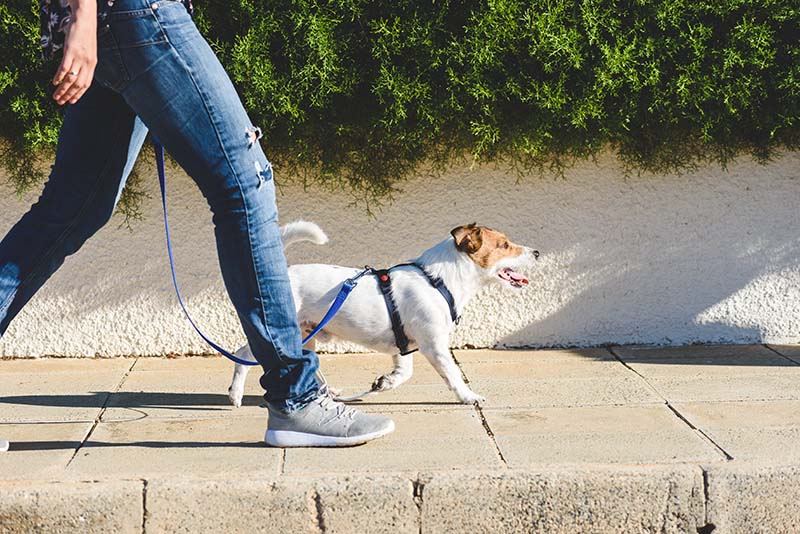
Q: Is crate training beneficial for dogs with separation anxiety?
A: Yes, crate training can provide a safe, structured environment for your dog while you’re away. It can help prevent destructive behaviors and provide a sense of security for your anxious dog.
Q: What can I do to prevent my dog from trying to escape when left alone?
A: Secure your home by checking fences, doors, and windows. Crate train your dog and work on building their confidence with gradual departures, using positive reinforcement to reward calm behavior.
Q: Can anxiety-reducing products help dogs with separation anxiety?
A: Yes, products such as calming collars, pheromone diffusers, or calming supplements may help alleviate anxiety in some dogs. However, it’s essential to combine these products with behavioral modifications and training for the best results. Always consult your veterinarian before giving your dog any supplements.
Q: How can I encourage independence in my overly-attached dog?
A: Gradually increase the time your dog spends alone in a safe, comfortable space. Provide structured alone time and expose your dog to new experiences, people, and other animals to improve their social skills and confidence.
Conclusion
If you suspect your dog is experiencing separation anxiety, consult with a veterinarian or a professional dog trainer for guidance on how to help your furry friend feel more secure and comfortable when you are away. By understanding the underlying causes and implementing appropriate solutions, you can work together to create a happier, healthier environment for your beloved pet.
See Also:
- Do Dogs Miss Their Owners? What Does Science Say
- 12 Dog Breeds with High Separation Anxiety: A Brief Overview
Featured Image Credit: natali.lymarenko, Shutterstock




